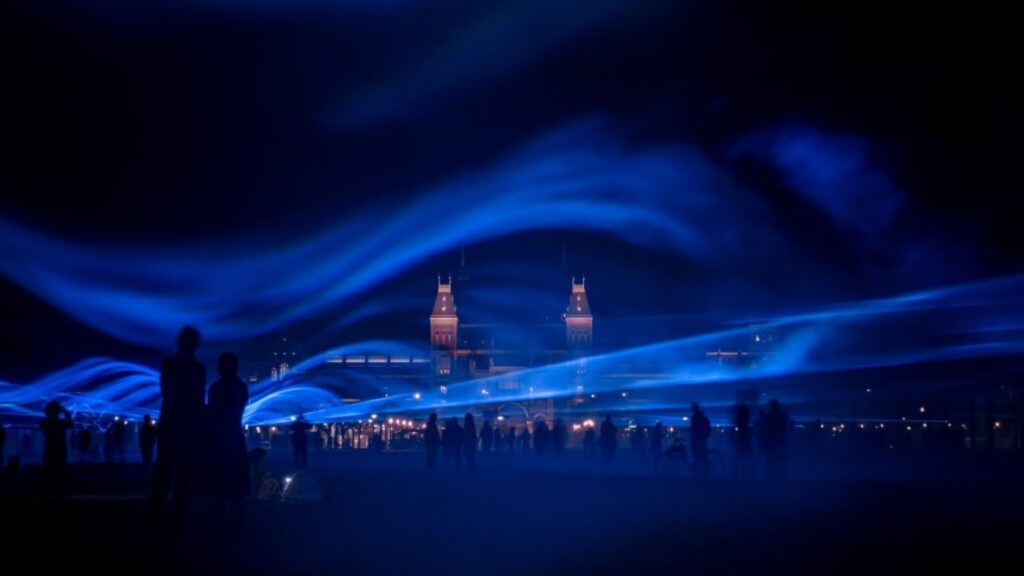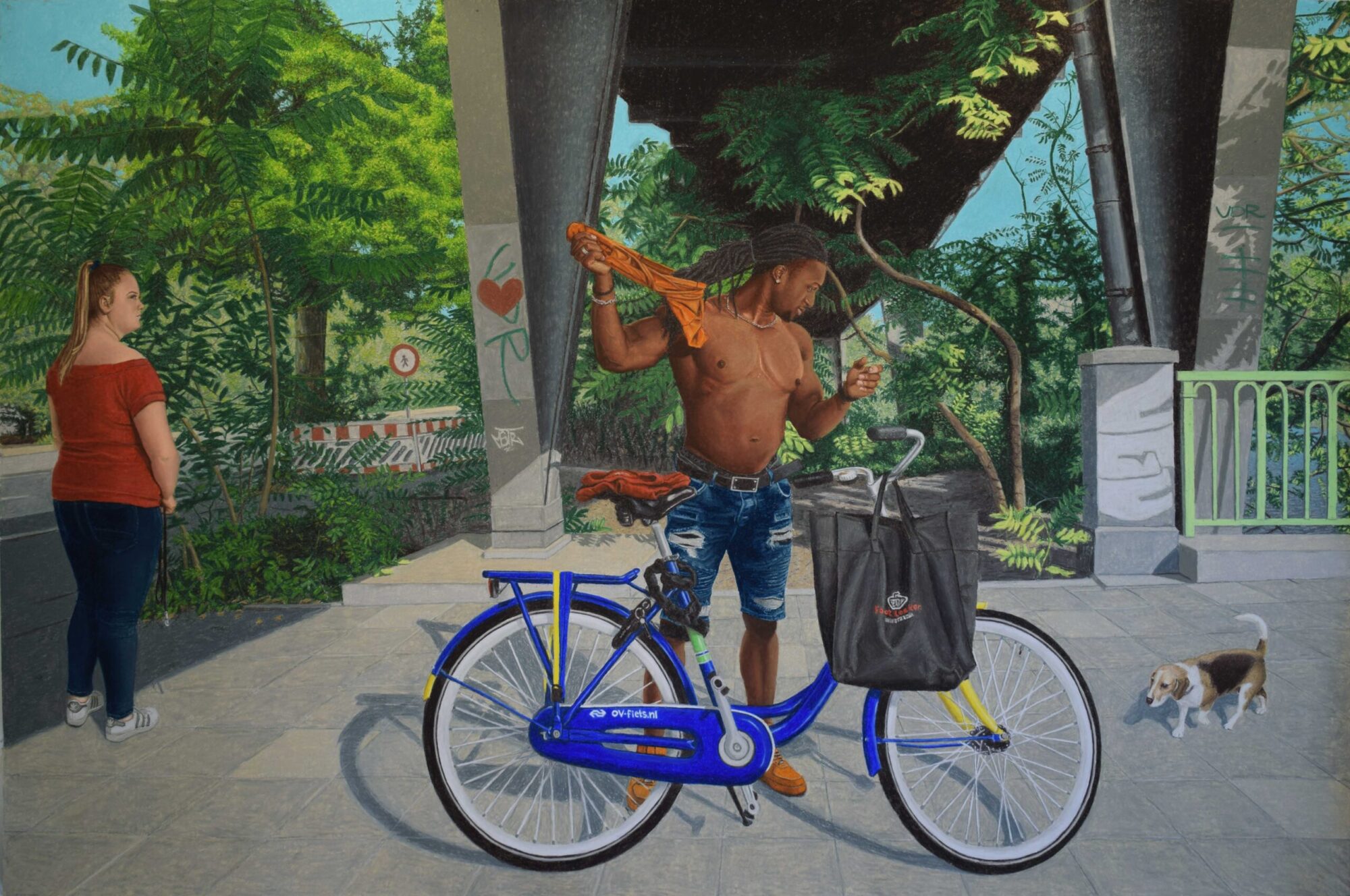~~~~~Disentangling the Water from the Wolf~~~~~
In 2000, the Dutch government released ‘A Different Approach to Water, Water Management Policy in the 21st Century’, in which they outlined a renewed water policy based on:
the idea that the Netherlands will have to make more frequent concessions. We will have to relinquish space to the water, and not win space from it, in order to curb the growing risk of disaster due to flooding, limit water-related problems and be able to store water for expected periods of drought … Only by relinquishing space can we set things right and if this is not done in a timely manner, water will sooner or later reclaim the space in its own, perhaps even dramatic, manner. (5)
This approach emphasises letting the water in instead of pushing the water out, gesturing towards a strategy that works with, not against the water. Furthermore, water is acknowledged as a force that cannot completely be controlled by the human. As such, the Dutch, like Haanstra’s child in the pool, seem to be moving away from an anthropocentric view and towards a more ecological one, where they strive to live alongside the water.
However, recalling Astrida Neimanis’ argument that “what water is is inextricable from how we imaginatively produce it” (157), the way in which water is characterised plays a major role in how it is experienced. As Neimanis further contends, “imaginaries and figurations are as vulnerable to redirection as the flows of rivers themselves” (182), meaning that this new conception of water as an ally to the Dutch people requires mediation in order to prevent a return to an anthropocentric protection strategy, and to continue to stimulate further ecological adaptation strategies.

An example of such mediation can be found in Studio Roosegaarde’s ‘Waterlicht’, a light installation of a virtual flood on Museumplein in Amsterdam (2015). Visitors (humans) found themselves underneath and surrounded by a blue light that moved in waves, mimicking water. In a video recording of the installation, we can hear people respond to the lights with: “Kind of spooky. Spacey. It feels like I am underwater. Under some kind of layer. I think it’s pretty. The waves above us. It’s magnificent. I know we live below sea level. It would not feel very comfortable, being flooded by this all of a sudden.” Note here the lack of fear that the people convey, rather they express a certain combined state of agitation and wonder, a kind of “negative pleasure”.
This gestures to the notion of ‘the sublime’ as characterised by Immanuel Kant in ‘Analytic of the Sublime’. This feeling of “admiration and respect” triggered by an object (446) is productive for the mediation of a characterisation of water (nature) as it causes the mind to feel “agitated”, serving to remind the human of the magnitude and might of nature (452). In this sense, whilst ‘Waterlicht’ allows an encounter with water as a non-threatening substance, it also serves to put the human ‘back in their place’. This because, as Hegger et al. observe in ‘Role Of Residents In Climate Adaption’, “risk awareness is greater where the risk is more conceivable”, that “sole provision of information is not sufficient”, in other words, the water must be ‘felt’ in order to be taken seriously, like in the cases of Schmidt’s Pluk and Heenstra’s child. As such, the feeling of awe that is instilled by ‘Waterlicht’ is important in the way it works as a reminder of the fact that the human does not stand above nature, and that water needs to be framed in an ecological (not ego-logical or anthropocentric) sense.
Present day projects are already making a move in this more ecological direction, such as Blue21’s floating architecture, and G. J. M. van der Meulen’s ‘New Netherlands’ (a master thesis that imagines the future Dutch landscape as one where the east of the country is allowed to be flooded). As sea levels rise and subsequent flooding becomes an inevitability, water can no longer be characterised by the Dutch as a threat to be worked against, but should be experienced as a participant in the landscape that must be worked with.
